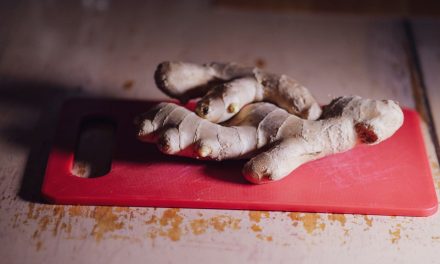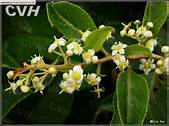
Herbs have active constituents. How the herb is prepared for therapy is based on which active constituent is needed. If you look at a plant chemically, it is composed of many components. These components give an herb its biologic activity. One component may be responsible for the biologic activity in one herb, and a completely different component may be the active constituent in a different herb. Herbs perform their function because of these different chemical components. Although herbs have been used for centuries, the constituents that give them their physiologic activity have only recently been discovered.
Phenols: These are aromatic hydrocarbons, which are six carbon atoms formed into a ring (or several of such groups that are linked together) with a hydroxyl group (OH) attached. They are weakly acidic and soluble in water. An example of a phenol is acetylsalicylic acid, which is chemically similar to aspirin. Phenols often act to fight inflammation; they can also be antiseptic. One of the functions of phenols in a living plant is to protect it from insects. A group of chemicals, called salicylates are phenols. Slicylates are found in wintergreen and willow.
Volatile Oils: These are essential oils, and they are complex, consisting of as many as 100 compounds. Monoterpenes are the most common constituent of volatile oils; they are 10 carbon molecules. An example of a monoterpene is menthol, which is extracted from peppermint and other members of the mint family. Camphor, which is extracted from Cinnamomum camphora, is also a monoterpene.
Flavonoids: Flavonoids are a class of water-soluble plant pigments found in fruits, vegetables, and certain beverages that have antioxidant effects. Antioxidants are compounds that protect cells against the damaging effects of reactive chemicals known as free radicals. Studies have shown that flavonoid intake is inversely related to mortality from coronary heart disease and to the incidence of heart attacks. Flavonoids are broken down into categories. There is some controversy on how to categorize these substances. One system breaks flavonoids into isoflavones, anthocyanidins, flavans, flavonols, flavones, and flavanones. Some of the best-known flavonoids, such as genistein in soy, and quercetin in onions, can be considered subcategories of categories. Although they are all structurally related, their functions are different. Flavonoids also include hesperidin, rutin, citrus flavonoids, bilberry and a variety of other supplements.
Tannins: Tannins are bitter plant compounds that act as an astringent. An astringent either binds and precipitates or shrinks proteins and various other organic compounds including amino acids and alkaloids. The astringency from the tannins is what causes the mouth to feel dry and like it is puckering after consuming unripe fruit or red wine. Similarly, the destruction or modification of tannins with time plays an important role in the ripening of fruit and the aging of wine. The term tannin (from tanna, an Old High German word for oak or fir tree, as in Tannenbaum) refers to the use of wood tannins from oak in tanning animal hides into leather; hence the words “tan” and “tanning” for the treatment of leather.
Proanthocyanins: These are closely related to flavonoids. They are pigments that are responsible for the color of flowers, fruit and other parts of the plant. They are powerful antioxidants and can help prevent cellular damage from free radicals.
Coumarins: The name comes from a French word, coumarou, for the tonka bean. It has a sweet scent, readily recognised as the scent of newly-mown hay, and has been used in perfumes since the 19th century. It has been used as aroma-enhancer in pipe tobaccos and certain alcoholic drinks. It is probably produced by plants as a defense chemical to discourage insects. Different coumarins have different biologic activity. Those that are found in horse chestnut help to keep the blood thin. Although coumarin has no anticoagulant activity, it is transformed into the natural anticoagulant dicoumarol by a number of species of fungi.






